July 28 morning
2019 July 28 morning
Peter Boon writes: I was hiking in Strathcona Park this past week and on the 24th July on the trail between Little Jim Lake and Cream Lake I observed the following butterflies.
Green Comma -2
Anna’s Blue – 30+, (mostly at Cream Lake)
Persius Duskywing -2 – photo attatched
Mariposa Copper – 1
I also had 2 Painted Ladies nectaring on my Buddleia in Nanaimo on 22nd July.

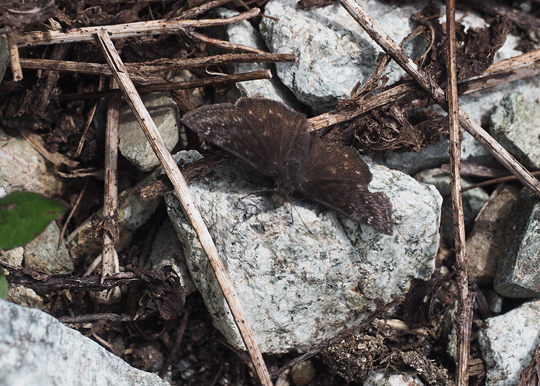
Persius Duskywing Erynnis persius (Lep.; Hesperiidae) Peter Boon
Natasha writes: I thought you might be interested in seeing these photos I took today illustrating an unusual scenario I watched unfold over a minimum of a five minute period.
While sitting outside in my garden in Gold River I happened to spot a butterfly on my butterfly plant. I rushed into my house and all the way downstairs to retrieve my camera hoping against hope it would still be in the same location once I returned. And it was! I’d noticed this species before but as it rarely stayed still for more than a brief moment I’d been unable to photograph it. Today was different, however. I managed to take multiple shots with the creature seemingly oblivious to my presence. As I was considering how unusual this was. I took a closer look and realized that the poor thing was actually in distress. The tip of its tongue was caught inside the tight chamber at the centre of a flower. In an attempt to free itself, the butterfly braced two legs against its tongue and pulled backwards. It tried this manouevre again and again in various positions but to no avail, it was well and truly hooked to that flower.
“Time to intervene,” I thought to myself so very carefully I used my fingernail to snip off the little flower head. I realized how dangerous this was because if it didn’t work the butterfly would then be carrying the heavy flower by the tip of its tongue and in addition because of the proximity of the flower to the butterfly I risked causing bodily harm to it. Unfortunately, my first ‘snip’ didn’t free the tongue, so, very quickly, I severed the flower even shorter. Success! Phew, what a relief – that was certainly a close call.
I’ve never seen such an occurrence before, have you Jeremy? I wonder how common/rare such a situation is….
Jeremy replies: If my memory serves me, there is an account in Lewis Clark’s Wild Flowers of British Columbia of a Milbert’s Tortoiseshell being similarly caught in a Dogbane flower.

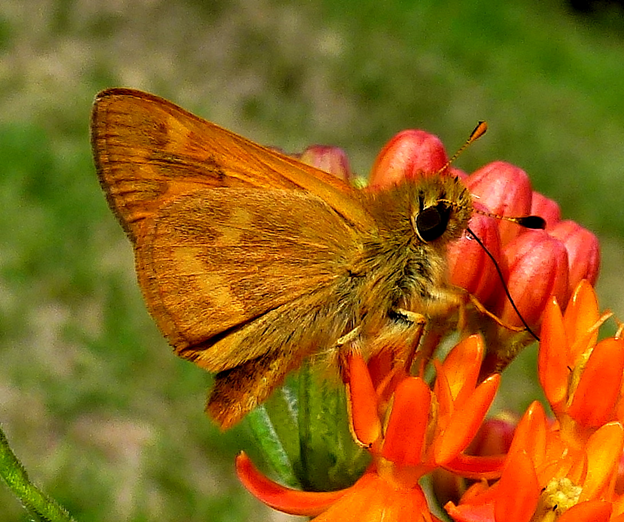
Woodland Skipper Ochlodes sylvanoides (Lep.: Hesperiidae) Natasha

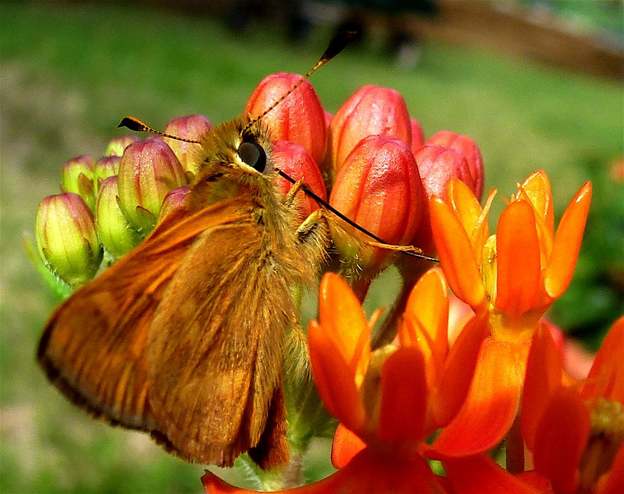
Woodland Skipper Ochlodes sylvanoides (Lep.: Hesperiidae) Natasha

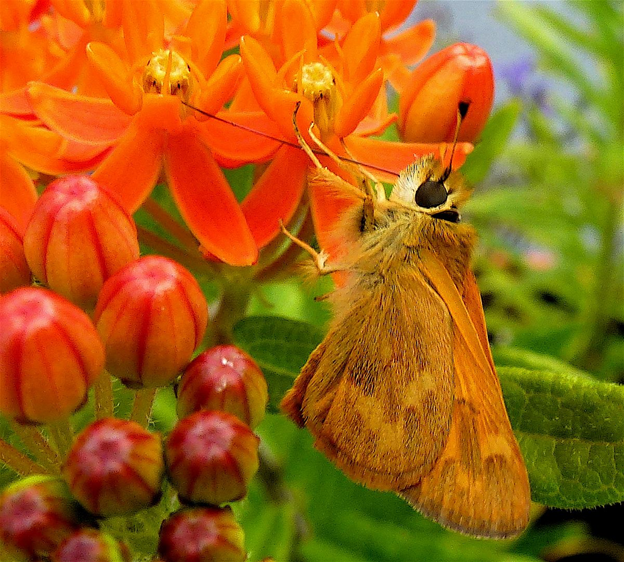
Woodland Skipper Ochlodes sylvanoides (Lep.: Hesperiidae) Natasha

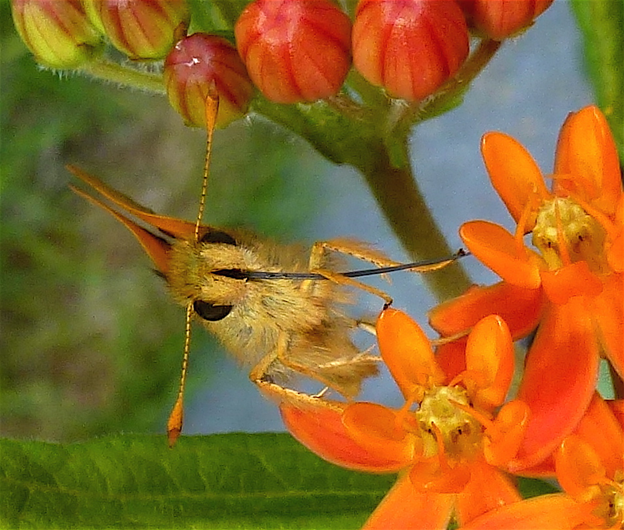
Woodland Skipper Ochlodes sylvanoides (Lep.: Hesperiidae) Natasha
Cheryl Hoyle sends a miscellany of insect photographs, July 27th on Colquitz River Trail.

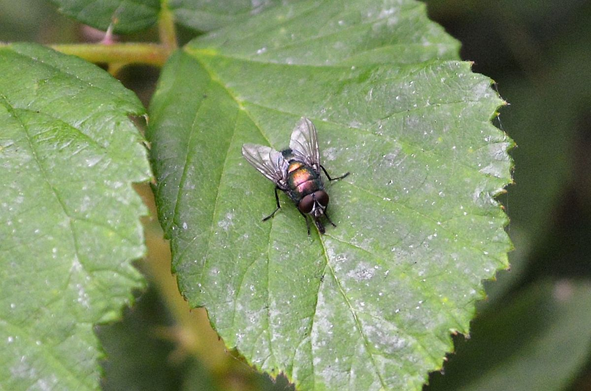
Lucilia sp. (Dip.; Calliphoridae) Cheryl Hoyle
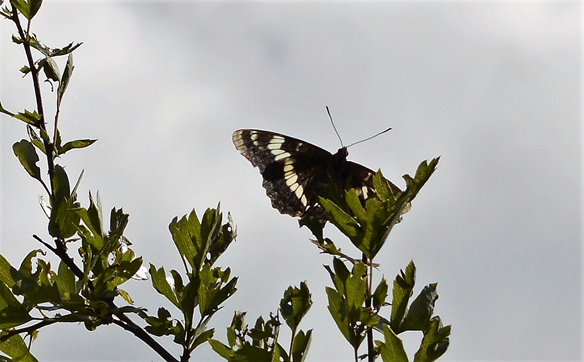
Lorquin’s Admiral Limentis lorquini (Lep.: Nymphalidae) Cheryl Hoyle

Here are two bumblebees multitasking – nectaring and copulating at the same time:
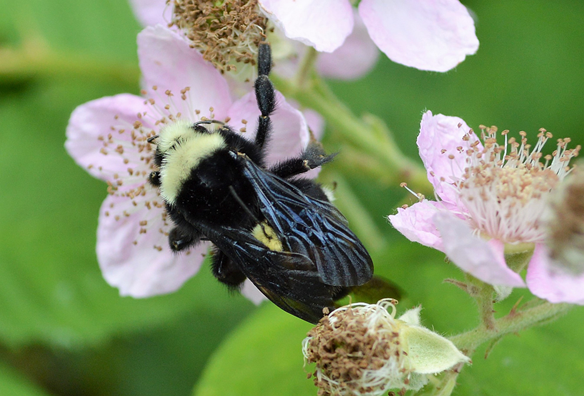
Bombus vosnesenskii (Hym.: Apidae) Cheryl Hoyle

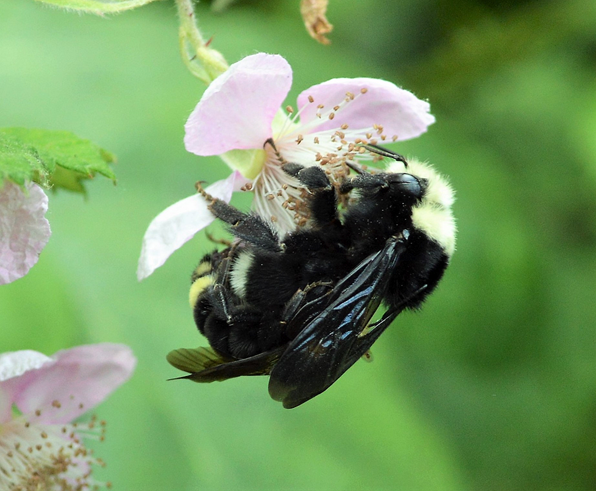
Bombus vosnesenskii (Hym.: Apidae) Cheryl Hoyle

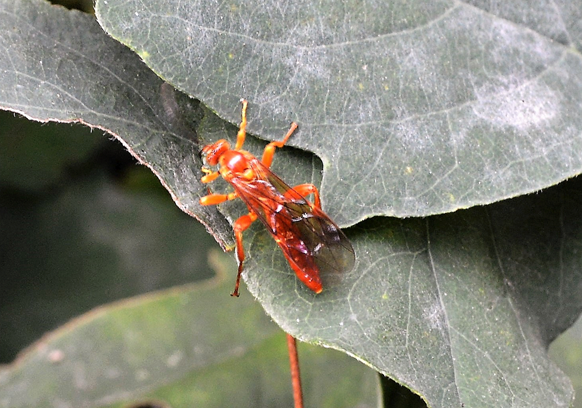
Unknown hymenopteran Cheryl Hoyle
Suggestions, anyone?
Annie Pang writes: Here are some pics I got of Halictus rubicundus. All of them are males. Note the white bands are restricted to the apical portion of each tergal segment, with the area between the white bands mostly devoid of any hair. The males have longer antennae as well.

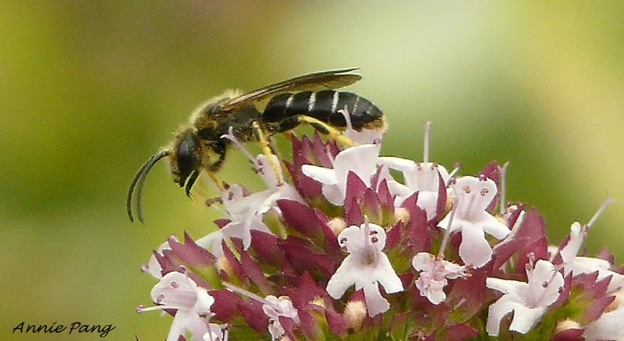
Halictus rubicundus (Hym.: Halictidae) Annie Pang

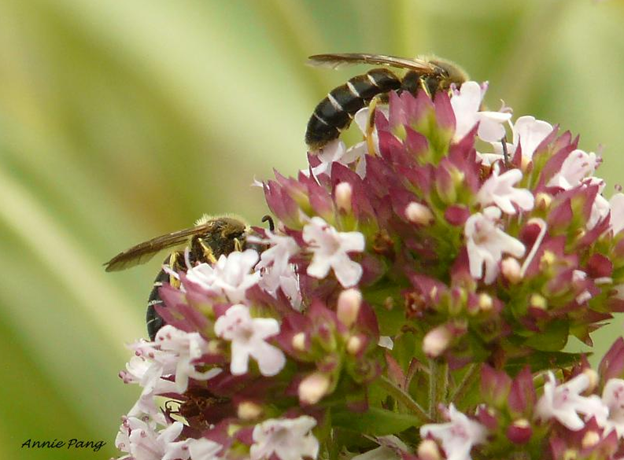
Halictus rubicundus (Hym.: Halictidae) Annie Pang

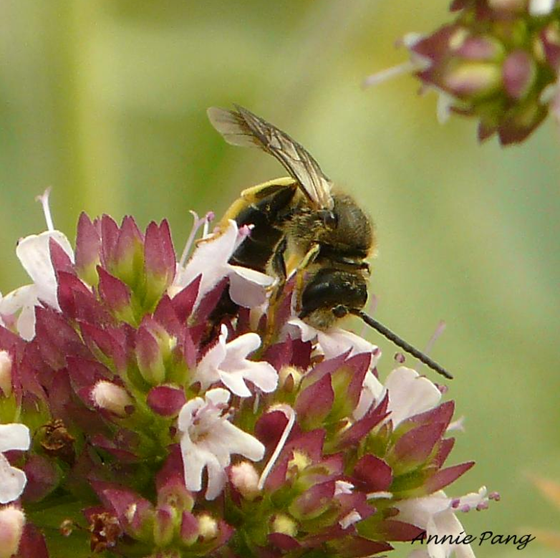
Halictus rubicundus (Hym.: Halictidae) Annie Pang
More this afternoon or evening…
